3.5 mins | 820 words
By: Jeff Leuschner
Your product or service is software-based. It is innovative, maybe even disruptive. Can you patent it? Should you patent it? If so, what do you patent?
A patent is an intellectual property (IP) right that helps protect an invention. If you invent a new mechanical gadget, and you are awarded a patent on that gadget, then you can prevent others from making, using, selling and importing that patented gadget for the lifetime of the patent. Your market position is, obviously, much stronger if you can prevent your competitors from selling the gadget.
It is relatively easy to envision the benefit of a patent for a mechanical gadget. What about software-based products and services, e.g. apps, SaaS, big data, analytics, etc.? For these products, the path to the finish line is not always clear in terms of the possibility of patent protection, let alone the benefit and use of the patent.
That being said, there is no business sense in ignoring the possibility of patent protection. Amazon’s patent for one-click online buying (1-CLICKTM) was found to be patent-eligible, and was very valuable to Amazon (Why Amazon’s ‘1-Click’ Ordering Was a Game Changer), despite it being software-based. Also, the possible defensive value of a patent may help you deal with other market players.
Let’s look at a few key questions.
-
Can you patent your software-based product or service?
There is some uncertainty around software-based inventions because they are not as tangible. Unlike a mechanical invention, you cannot pick up a software invention and drop it on your foot. Patent law struggles with the patent eligibility of software inventions because they are often more abstract in nature. Intuitively it seems reasonable to most people that one should not be awarded a patent on a software app that organizes a human activity, but what about a new spelling correction algorithm? Where do you draw the line?
An invention has to be new and not obvious. Beyond that, here is a rule of thumb: if the invention can be characterized as an improvement in computer functionality, or characterized as an invention that is specific to computers and solves a problem that only exists because computers exist, then you often have a good case. However, it is not always straight-forward, and you may encounter resistance from the patent office.
-
Should you patent your software-based product or service?
This is a business question, and in many cases, the answer might be ‘no’. However, the answer is not always ‘no’ for all software inventions for all companies. The following are example questions to help you determine if a patent is right for your product and business:
- Would the patent protect a feature that is commercially relevant, e.g. an improved user experience?
- Would the patent protect a value proposition?
- Would the patent capture where the market is going and/or where your competitors may want to go?
- How accessible is the invention, e.g. is it hidden on your server or provided to the customer?
- Could the invention be easily detected and reverse engineered?
- Would you be able to detect if someone else was infringing the patent?
- Could a competitor easily “design around” the patented invention to provide a competing product or service that did not infringe the patent?
- Could a competitor even infringe the patent? E.g. Are you the only market player that can collect the data required to execute the invention?
- What is the lifecycle of the invention?
- Does the invention incorporate open-source code having license conditions that would impact your ability to assert the patent?
- Would obtaining a patent be viewed negatively (e.g. by your community of followers) or positively (e.g. by potential investors)?
Ask yourself these and other questions to try to answer the ultimate question: does the business value of pursuing patent protection outweigh the relatively high cost of patenting? Resources are not unlimited.
-
What should you patent?
The feature has to be eligible for patent protection (see question 1. above), and make business sense to patent (see question 2. above). From a business perspective, an example of a good candidate may be a feature that protects a commercially relevant user experience, that has a relatively long life cycle, that is detectable, and that can be patented broadly enough to be hard to design around. Amazon’s patent for one-click online buying met all such criteria.
Your core analytics algorithms and data are often hidden and perhaps best kept as a trade secret. The way things are displayed on the user’s screen is often easy to design around. Think about the in-between, e.g. something that provides a commercially relevant user experience at the user interface, but that can be protected by protecting the broad technical underpinnings required to enable it.
The patented invention does not have to be sexy; it just has to be valuable, or at least there should be a reasonable prospect that it will be valuable.
About the Expert
Jeff Leuschner has practiced in the area of IP for over a decade, with an emphasis on patents. When working with tech companies, Jeff advises on where to focus patenting activity to best support the company’s business objectives, especially in view of other options such as trade secret protection and defensive publication. His approach is quality over quantity. Not just a well-drafted patent, but one that will actually have commercial relevance.
Prior to entering the IP profession, Jeff pursued graduate studies in the field of electrical and computer engineering.
About Smart & Biggar
Smart & Biggar helps the world’s leading tech companies protect and leverage their IP and advises them on how to use IP Strategy to secure growth across the word.
Headquartered in Ottawa with a national presence, Smart & Biggar has a consistent track record and reputation as the leaders for IP and tech law in Canada.








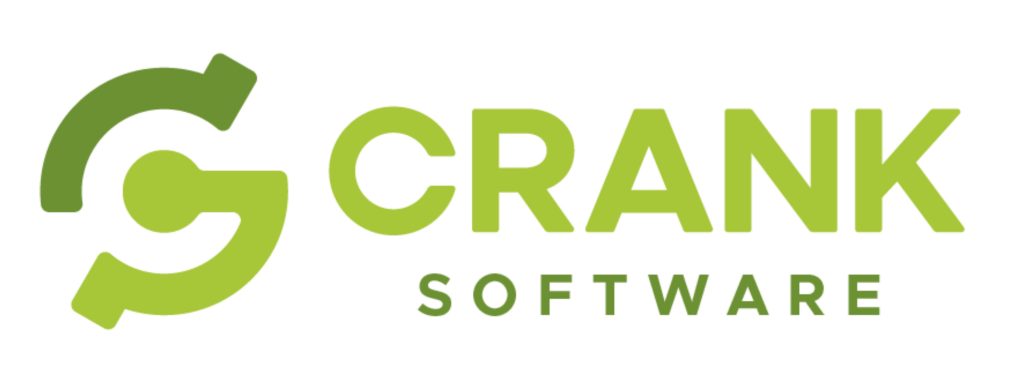




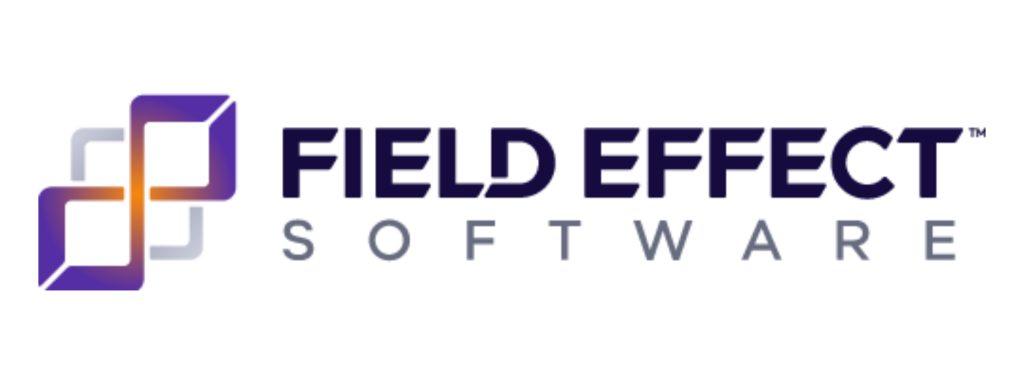
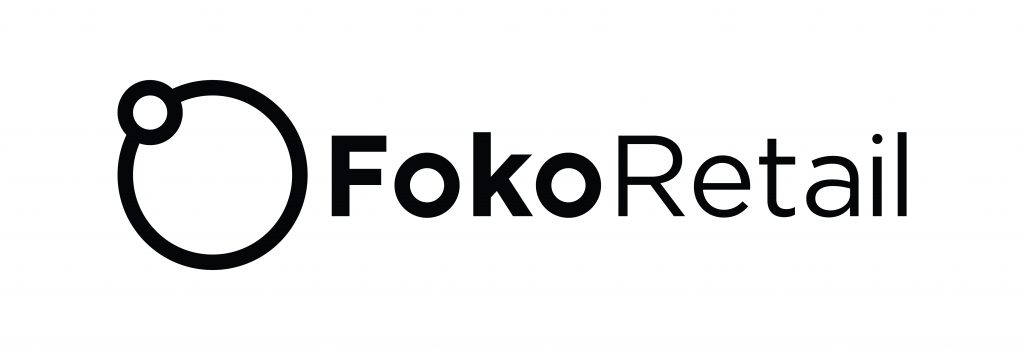
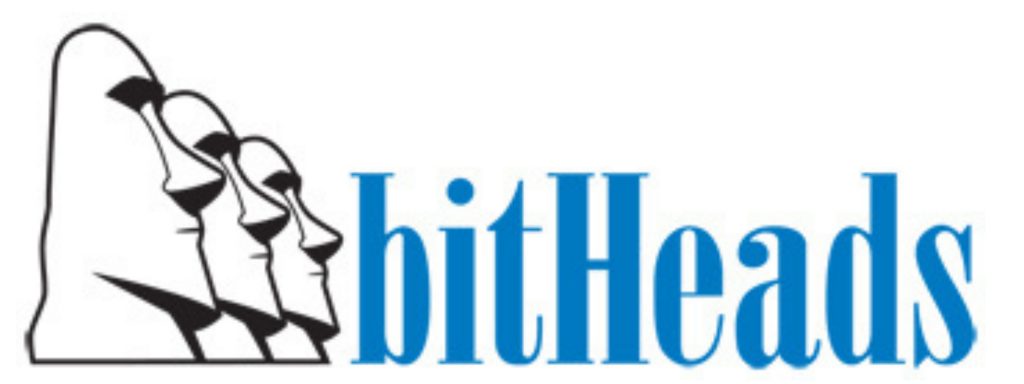
 Transforming our data-driven world takes talent, and MindBridge is where it’s happening. This is where you’ll take artificial intelligence to enable and inspire humans to do more and be better. Our people, our customers, and our investors agree: No one else is accomplishing what we’re doing with data-driven AI right now.
Transforming our data-driven world takes talent, and MindBridge is where it’s happening. This is where you’ll take artificial intelligence to enable and inspire humans to do more and be better. Our people, our customers, and our investors agree: No one else is accomplishing what we’re doing with data-driven AI right now. 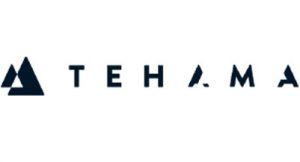 Tehama is enabling the digital workplace of the future. 150 companies are using Tehama. 600,000+ hours of IT services delivered. Zero breaches. The company’s head office is in the heart of the highly desirable Westboro neighborhood of Ottawa where you have your pick of the best of Ottawa’s cafes, restaurants and shops. Prefer to work from home? Tehama offers remote working options and flexible core hours. Join a team of the best and brightest and enjoy competitive salaries, benefits and a commitment to YOUR long-term success.
Tehama is enabling the digital workplace of the future. 150 companies are using Tehama. 600,000+ hours of IT services delivered. Zero breaches. The company’s head office is in the heart of the highly desirable Westboro neighborhood of Ottawa where you have your pick of the best of Ottawa’s cafes, restaurants and shops. Prefer to work from home? Tehama offers remote working options and flexible core hours. Join a team of the best and brightest and enjoy competitive salaries, benefits and a commitment to YOUR long-term success.  Spartan Bioscience aspires to unleash the power of DNA testing for everyone. Like the Spartan warriors of Ancient Greece, our smart, hard-working, and honorable team members get things done. Learn
Spartan Bioscience aspires to unleash the power of DNA testing for everyone. Like the Spartan warriors of Ancient Greece, our smart, hard-working, and honorable team members get things done. Learn